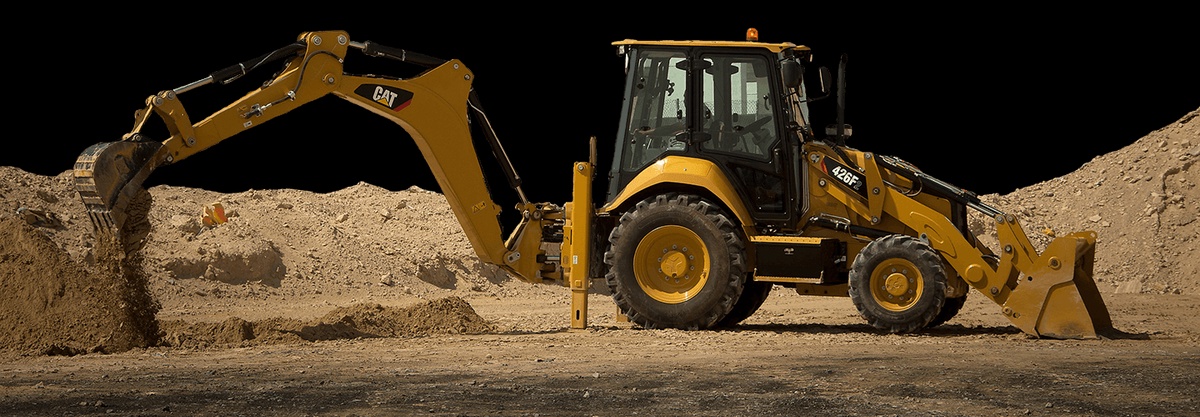Caterpillar (CAT), Deere, JCB, CASE, and many other equipment manufacturers have been the top backhoe loader sellers in the last few years. However, this construction equipment’s popularity and demand have seen a decline in the past 12-15 months.
As per reports, the heavy machinery sellers have been able to sell 2,354 new backhoe units between June 2022 to May 2023, which is 7.6% less in comparison to the previous 12 months. The used loader selling market saw a decline of 20.5% where the equipment distributors were able to sell 3,598 units.
In this declining selling market, the Deere 310SL ranked No. 1 selling equipment with 669 units (combined new and second-hand) sold out. Let’s find out which are the top-selling backhoes of 2023.
New Backhoes Sold between June 2022 to May 2023
CAT, Deere, CASE, and JCB have been the leading backhoe sellers in the past 1 year. Even though, the market has seen a decline still their different loaders made it to the top 10 units sold list. With 360 units marketed, Deere 310SL became the top-selling backhoe in 2023. CAT 420 gained the second spot with 268 units and CAT 420XE achieved the third position with 213 units distributed. Moreover, CASE 580 Super N and Deere 410L made it to the top 5 selling heavy machinery with 201 units for the fourth spot and 157 units for the fifth position respectively.
Out of these sold loaders, Texas bought over 500 units that’s almost 21% of the total units marketed. The other American states which include California and Arizona also made it to the top 3 buyers’ market with 217 units and 116 units for the second and third spot respectively. This data has been taken from Equipment World’s 2023 Backhoes Selling Report.
Used Backhoes Sold between June 2022 to May 2023
Similar to the new backhoe-selling market, the world’s famous heavy equipment brands Deere, CAT, and CASE again made it to the top 10 selling used loaders list. Deere 310SL has been the most demanding used backhoe loader this year with 209 units sold in the used equipment category. CASE 580 Super N with 173 units and CASE 580 N with 85 units achieved second and third positions respectively in the second-hand sold items list. Moreover, the No. 1 heavy equipment manufacturer Caterpillar Inc. made it to the top 5 backhoe sellers list. CAT 420F2IT with 84 units and CAT 420F2 with 78 units gained fourth and fifth spots respectively ensuring the leading American brand retains the top positions.
Again, Texas made it to the first position in the buyers list with 660 units purchased which is equivalent to 18% of the used loaders sold market. Moreover, Oklahoma and Missouri with 242 units and 167 units achieved second and third place in the equipment buyers’ list. These numbers are extracted from Equipment World’s Used Backhoes Sold Table for The Year 2023.
Backhoes Sold in Auction between June 2022 to May 2023
Caterpillar Inc. and Deere made it to the top 10 loaders list sold in auctions in the last 1 year. CAT 440 2019 Model with 97 hours running got the highest price of $127,500 in the auction. Moreover, CAT 420F2 with a bid of $125,000 came second while CAT 420 with a price of $120,000 received the auction’s third-highest bid. Bidders purchased 257 loaders successfully from these auctions in this time period. Similarly, this information is also taken from Equipment World.
Rise in Backhoe Loaders Prices
With the rising inflation, the prices of the used backhoe increased by 2% between June 2022 and May 2023. The Heavy Machinery’s average price was $67,211 in the previous 12 months which jumped to $68,668 by May 2023. All these numerical data have been extracted from Equipment Watch’s Price Comparison Report for The Year 2023.
Summary
Backhoes have been top-selling heavy machinery all around the world in the past few years. The sales for both new and used loaders may have declined slightly in the last 12 months, but the construction equipment is still in high demand. Deere, CAT, and CASE have been among the top-selling backhoe manufacturers in this phase. With the heavy-duty industry advancing toward growth, there will be an increase in sales of backhoe loaders in the coming 4 to 5 years.


No comments yet